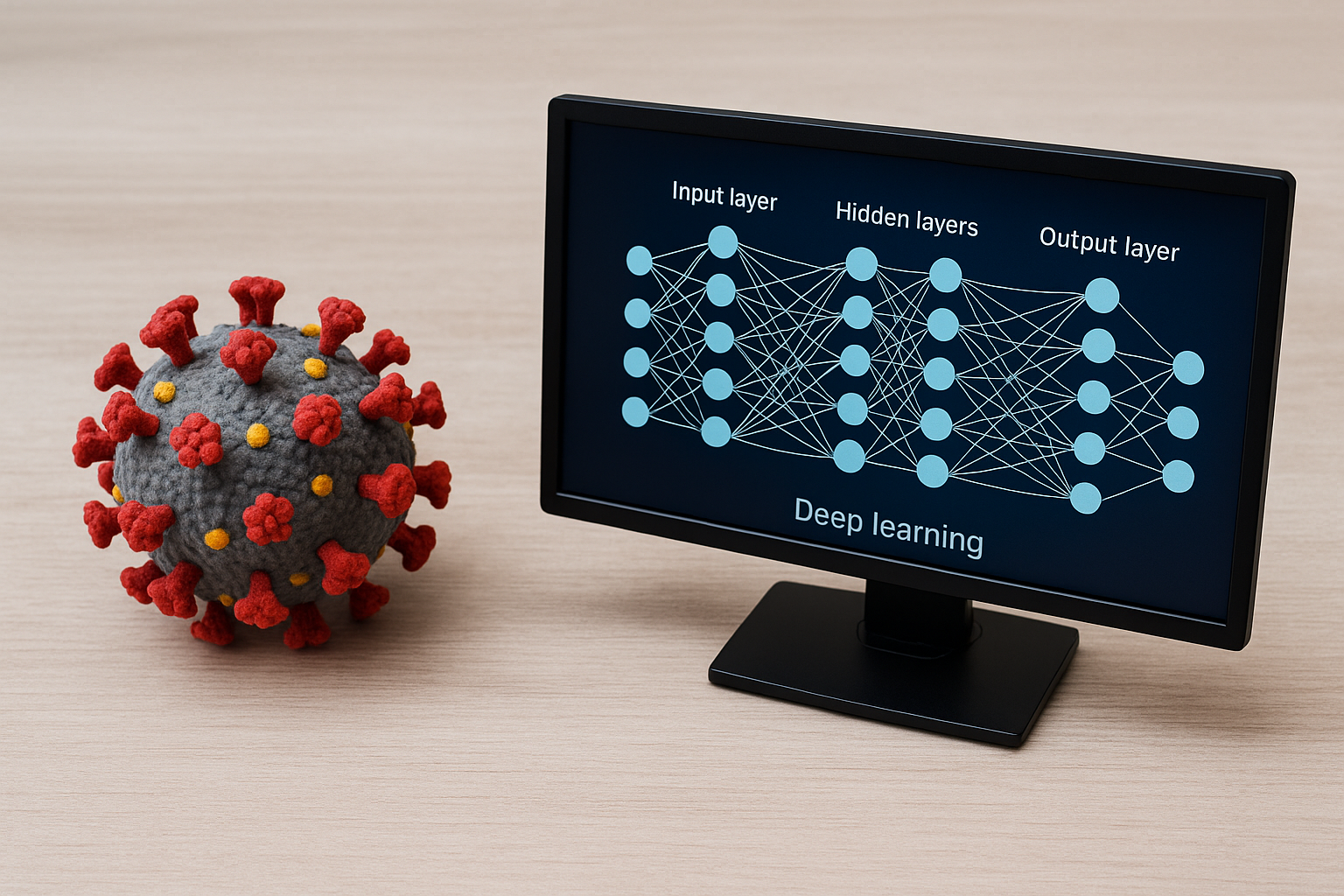From AI to pandemics: The two lanes of modern scientific progress
Deep learning, the authors note, has exhibited sustained growth over time with consistently high sci-entropy values. This indicates a discipline that acts as a prolific exporter of methods, influencing domains from medicine and biology to engineering and environmental science. Deep learning’s reach demonstrates the long-term potential of method-driven research to serve as a foundation for innovation across the scientific spectrum.

In a breakthrough analysis of how research fields grow, interact, and transform, an international team of scientists has revealed that scientific progress tends to follow two distinct but complementary paths. The study dissects the patterns of knowledge flow in disciplines as diverse as deep learning and COVID-19 research.
Published in Applied Sciences, the study "Deep Learning and COVID-19: Two Pathways to Scientific Evolution," the work offers a data-driven framework for identifying whether a discipline is primarily a source of widely adopted methods or an integrator of knowledge from multiple sources. By examining more than 214 million publications and 1.7 billion citation links, the authors propose a new metric, sci-entropy, to quantify these dynamics and provide policymakers, institutions, and researchers with a clearer understanding of the forces shaping modern science.
Measuring the DNA of Scientific Progress
The study focuses on the concept of sci-entropy, defined as the difference between the semantic diversity of a paper’s citations and that of its references. Positive values signal what the authors call “spread-out science,” where knowledge radiates outward and is adopted by many other fields. Negative values capture “merge-in science,” where a field draws heavily on diverse prior knowledge to solve urgent, complex problems.
To compute sci-entropy, the researchers used semantic embeddings of publication titles and abstracts to map the conceptual space of each field. They then measured the spread and concentration of ideas using Shannon entropy, allowing them to classify disciplines by how they exchange knowledge with others. This approach avoids the limitations of traditional citation counts, which fail to capture the thematic breadth or narrowness of intellectual influence.
The team’s dataset spans 21 top-level scientific disciplines from 1950 to 2020, supplemented by two special cases, deep learning and COVID-19, treated as independent fields due to their extraordinary impact and growth patterns. The analysis also incorporates a cross-coverage matrix to examine how often keywords from one discipline appear in another, alongside error-rate measures that quantify how open a field is to receiving or exporting knowledge.
Deep learning and COVID-19: Contrasting paths of influence
Deep learning, the authors note, has exhibited sustained growth over time with consistently high sci-entropy values. This indicates a discipline that acts as a prolific exporter of methods, influencing domains from medicine and biology to engineering and environmental science. Deep learning’s reach demonstrates the long-term potential of method-driven research to serve as a foundation for innovation across the scientific spectrum.
In contrast, COVID-19 research surged rapidly in publication volume in the early stages of the pandemic, fueled by urgent global demand for solutions. However, its sci-entropy values declined over time as the field’s knowledge base became standardized. This reflects the profile of a “merge-in” field, one that pulls together epidemiology, medicine, public health, policy, and statistical modeling to address a pressing challenge. While COVID-19 research has had immense short-term influence, the study suggests its long-term role may center on consolidating knowledge rather than continuously exporting novel methods.
Besides these two headline cases, the analysis classifies other disciplines along a two-axis map: one dimension representing a field’s reliance on past knowledge, the other representing its role in driving future innovation. Four distinct evolutionary modes emerge, each with different implications for research funding and policy.
Policy lessons for balancing innovation and integration
The authors argue that both spread-out and merge-in modes are vital to the health of the global research ecosystem. Fields like deep learning drive forward innovation by providing widely applicable tools and frameworks. Challenge-driven fields like COVID-19 research play the equally critical role of integrating knowledge from multiple domains to deliver actionable solutions to complex problems.
The study warns, however, that structural barriers, such as rising journal access costs, could limit the diffusion of ideas, potentially stalling progress in both modes of scientific evolution. To maintain a healthy balance, the authors recommend research evaluation systems that recognize not only high-impact publications but also contributions to cross-disciplinary integration. Funding agencies, they suggest, should consider supporting projects that explicitly aim to bridge these two modes, ensuring that groundbreaking methods can be rapidly adapted to address real-world crises.
By providing a quantitative framework for tracking how knowledge moves through the global research system, this work offers a new lens for understanding and managing the complex interplay of innovation and integration. As the scientific community grapples with emerging technologies and global challenges, insights from studies like this could prove pivotal in shaping policies that foster both the diffusion of transformative ideas and the convergence of diverse expertise.
- FIRST PUBLISHED IN:
- Devdiscourse










